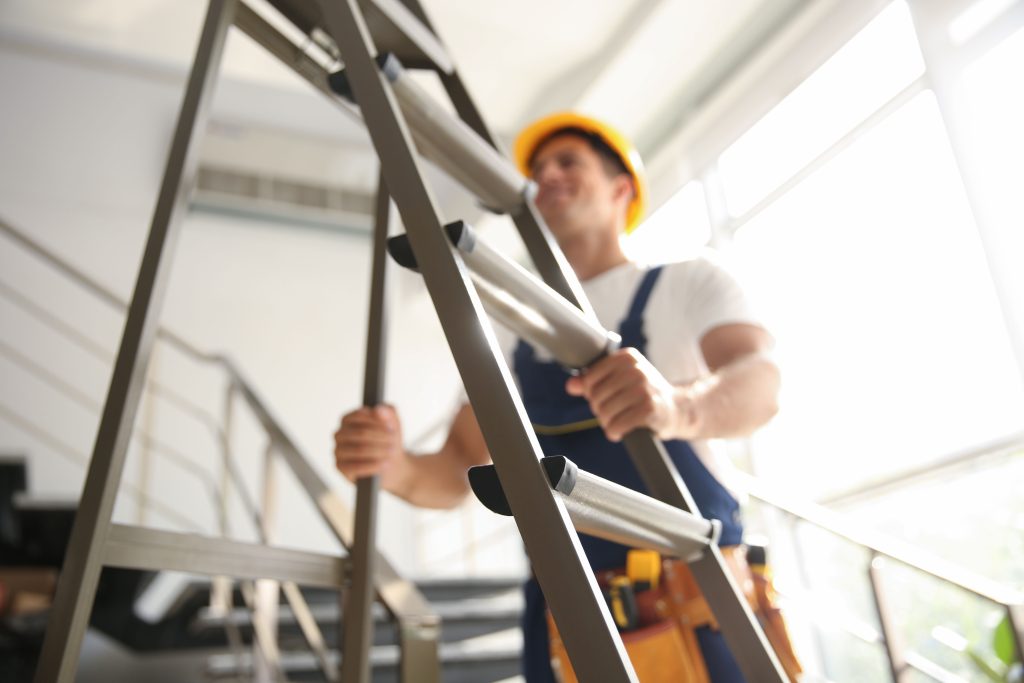Ladder Accidents in Construction: Causes and Prevention Strategies

In the construction industry, ladders are one of the most essential tools. Ladders allow workers to reach high areas and perform other tasks with ease. However, they can also be involved in serious construction accidents and injuries. According to the Occupational Safety Health Administration (OSHA), falls from ladders are one of the leading causes of death in construction.
With March as National Ladder Safety Month, it’s important to recognize the risks associated with ladder usage and take the necessary steps to prevent accidents from occurring. And if you’re injured on the job, you need to know your legal rights and options.
Common causes of ladder accidents
Because ladders put workers at significant heights, they can be dangerous if faulty or not used correctly. Some of the most common causes of ladder accidents include:
- Overloading ladders: Ladders can only support a specific weight capacity. When you overload them, they can become unstable and collapse. It’s easy to overload ladders by carrying extra tools and materials or by having multiple people on a ladder at the same time.
- Defective ladders: Ladders that are damaged or missing parts can pose a safety risk to workers. A faulty ladder can break during use, causing a worker to fall and get hurt. This is why regular ladder inspections are crucial.
- Improper use: There are different ladders suited for different jobs. Choosing the wrong type of ladder or placing the ladder on an unstable surface can increase the risk of an accident.
- Lack of safety equipment: Workers should use safety equipment like a harness to protect them at high heights. With a lack of safety equipment, it is harder to prevent falls.
Best practices for safe ladder use
Most ladder accidents are preventable with the implementation of proper safety measures and protocols. Before using a ladder, make sure to inspect your surroundings. This is an essential step in ladder safety because it helps to identify potential hazards around the work area. Whether it’s an object on the ground or a high-traffic area, these hazards should be identified and addressed before using a ladder.
Make sure to follow the ladder three-point rule. This means a worker should maintain three points of contact with a ladder at all times while climbing or descending: either two hands and one foot, or two feet and one hand. This is to ensure the worker always has a secure grip on the ladder.
Learn your rights after a ladder accident
If you or a loved one has been injured in a ladder accident, you deserve compensation to cover your injuries. You should be able to file a workers’ compensation claim and, depending on the circumstances, potentially a third-party claim as well.
The workers’ compensation lawyers at The Law Offices of Deborah G. Kohl know how the legal system works in Massachusetts and Rhode Island. We can help you understand your rights and fight to get you the benefits you need.
Contact us and schedule a free consultation with an attorney who will put your best interests first. Don’t hesitate to seek legal advice. We’re ready to hear from you.

